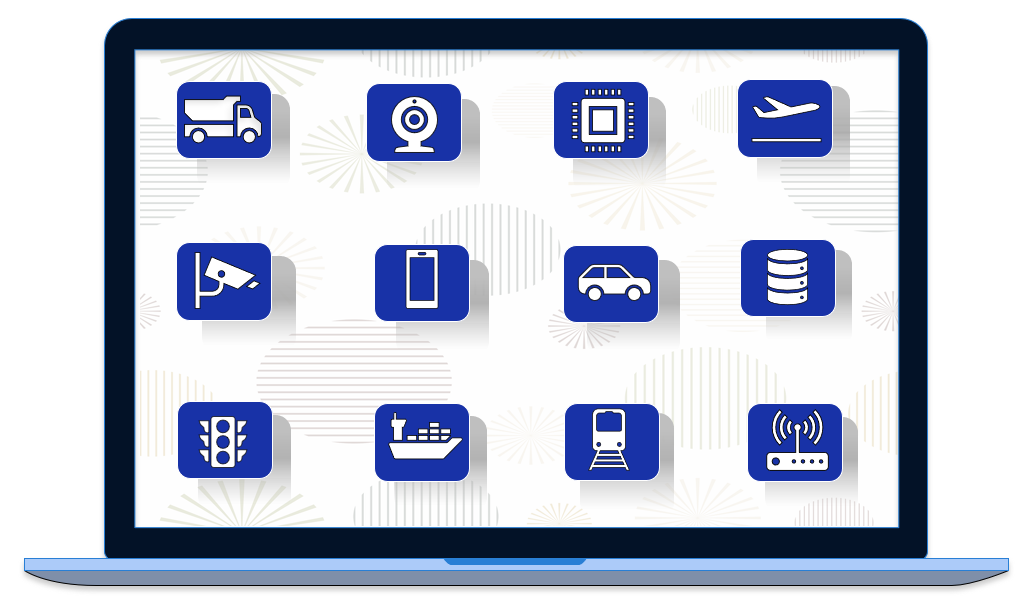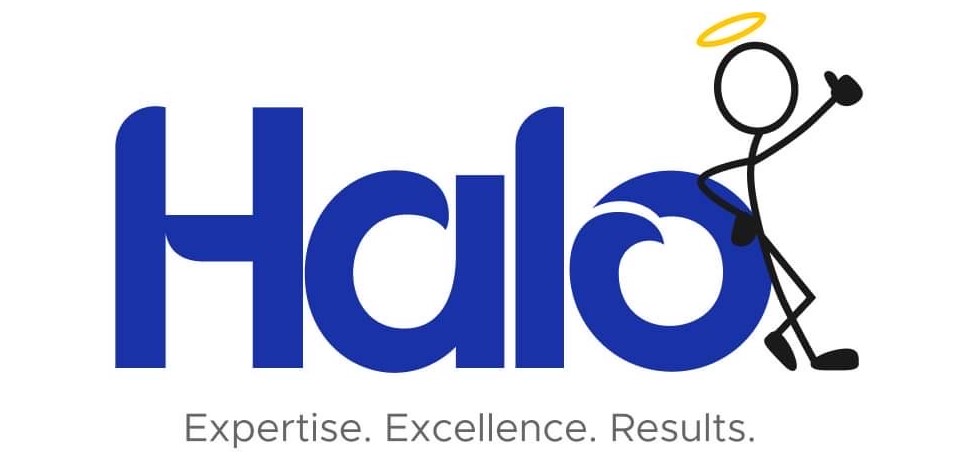
As more and more devices become connected through WiFi and other wireless services, a challenge arises to manage these devices. Communicating with millions of devices and tracking, authentication, profiles, configuration, software versioning and device health is challenging enough but when you include the workload the device is meant to provide it can be even more difficult especially in the cloud.
Cloud technologies and virtualization in general infuse latency into your protocols. Software defined networking and shared virtual interfaces assume low bandwidth and latency tolerant protocols. Many cloud providers offer a wide variety of services including more distributed availability zones they may brand as “Edge” compute. Some offer highly performant zones all the way to serverless technologies. It is confusing and misleading even to the experts.
Proper data modeling and ensuring state is maintained with appropriate services is critical up front. Making changes to call flow or a data model post deployment is extremely difficult and can be expensive.
Understanding wireless connectivity of these devices and all of the possibilities available to connect devices is important as well. Using carrier LTE/5G can be expensive, so offloading to WiFi might be important. Building devices smart enough to know where they are and determine the best way to connect to backing services is our specialty. Leveraging much more than just what a single carrier can provide.

Most IoT devices can contain a vast amount of functionality due to the low cost of integrated components like sensors, GPS and cameras. Tracking location, ambient temperature, errors or active services are critical to a successful IoT initiative. The more data gathered can mean more profitability, more functionality or more security.
Common Challenging Areas
- Security
- Device Management
- Device Payload
- Authentication and Access
- Accounting
- Profiles, Permissions and Functionality
- Auditing
- Data Retention
Deploying backing services in a centralized cloud region may be adequate while device counts are low. Having a hybrid cloud approach up front will be a decision you will be happy with as your customer base grows.
Let Halo help you plan your launch from 100 devices, to 1,000,000 to 100,000,000.

